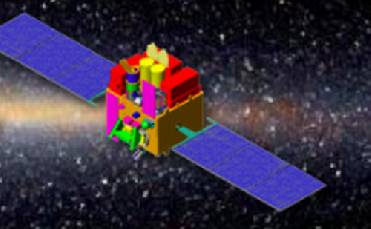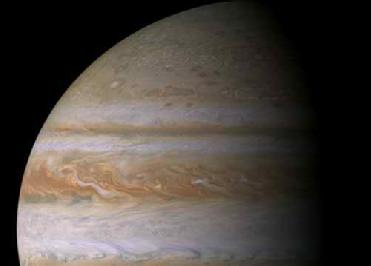
ASTROSAT will be a multi-wavelength astronomy mission on an IRS-class satellite in a 650-km, near-equatorial orbit. Image from the official site
SHILLONG (PTI): India�s space agency along with astronomers from across the country will launch a �unique� satellite later this year to study distant galaxies and black holes.
The Astrosat, scheduled for launch towards the end of the year, will be the country's first satellite entirely dedicated to astronomy. Astronomers are excited about the prospects thrown up by the Astrosat which is expected to give India an edge in observing the universe.
�The Astrosat will carry the best ultraviolet telescope ever flown,� Dipankar Bhattacharya, a senior astrophysicist with the Inter-University Centre for Astronomy and Astrophysics (IUCAA) said on the sidelines of the 96th Indian Science Congress here.
Besides IUCAA, premier institutions like the Tata Institute of Fundamental Research (TIFR), Indian Institute of Astrophysics (IIA), Raman Research Institute and Physical Research Laboratory will also be participating in the Astrosat project which is funded by the Indian Space Research Organisation.
The satellite will be a multi-wavelength observatory in space with instruments surveying the sky in ultraviolet, soft x-rays and hard x-rays bands.
Scientists claim that the Astrosat have the best spectroscopic instrument to study hard x-rays which would be 10 times more sensitive than the current instruments on the Integra and Rossini missions.
Orbiting 650 km above the earth's surface, the Rs 200 crore Astrosat would also facilitate study of astrophysical objects ranging from nearby solar system objects to distant stars and objects at cosmological distances. Since most astronomical objects in the known universe emit radiations from long wavelength radio emission to extremely short wavelength gamma rays, understanding of the physical processes causing frequency dependent, time-variable phenomena would require near simultaneous multi-frequency observations.
Astrosat would also enable timing studies of variables from pulsations of the 'hot white dwarfs' to active galactic nuclei with time scales ranging from millisecond to few hours to days.
Other objectives included broadband spectroscopic studies of galaxy clusters and stellar coronae, studies of periodic and non-periodic variability of x-ray sources, monitoring intensity of known sources and detecting outbursts and luminosity variations.
Astrosat's system configuration comprises Large Area Xanon-filled Gas Proportional Counters, Cadmium-Zinc Telluride (CZT) detector-based hard x-ray telescope, an imaging telescope based on conical foil mirrors for x-ray reflection, a scanning x-ray sky monitor and an optical telescope combining ultra-violet and visible processes.
With a mass of 1,650 tonnes, Astrosat will gather 120 gigabytes of data through four orbits. The mission would have a minimum lifespan of five years.
 Previous Article
Previous Article













The Indian Air Force, in its flight trials evaluation report submitted before the Defence Ministry l..
view articleAn insight into the Medium Multi-Role Combat Aircraft competition...
view articleSky enthusiasts can now spot the International Space Station (ISS) commanded by Indian-American astr..
view article